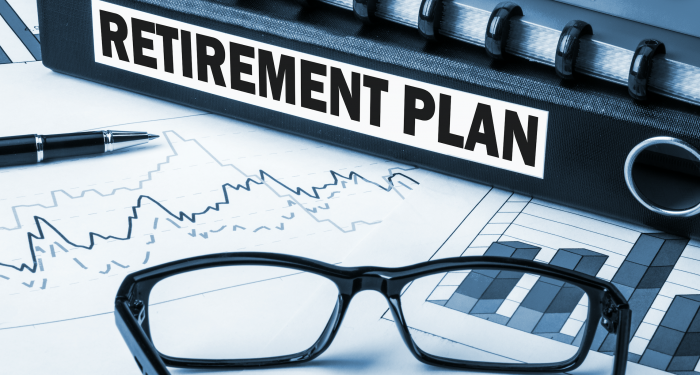People are more willing to actively start planning for retirement from the age of 36, according to new research from Standard Life.
The insurer says this age marks a turning point, in terms of retirement plans with many major milestones passed: such as getting married, buying a home, or starting a family.
Its research found that before this age just 23 per cent of people pay more than the minimum auto-enrolment contributions of 8 per cent of earnings into their pension. However, at the age of 36 this figure increases to 35 per cent.
The survey of more than 6,000 people for Standard LIfe’s latest Retirement Voice report said there was strong evidence to suggest that by our mid-thirties we’re more settled in life, with the average age for both marriage and home ownership today being 34. This research found that the average age that people said they felt more financially comfortable was 37.
It is also a time when people start to become more confident in their ability to make financial decisions with 63 per cent of 36 year olds confident in their abilities compared to an average of 56 per cent for younger cohorts.
When it comes to retirement planning, people today are giving themselves a 13-year head start on current retirees, who began their planning at an average age of 49. Standard Life says this is a positive sign, particularly as the majority of today’s retirees express regrets about how they approached retirement. More than one in two (55 per cent) current retirees said they wish they’d thought about retirement finances at a younger age , and 54 per cent said they wish they had saved more for retirement.
Calculations by Standard Life show that a 3 per cent increase to employee contributions at 36 could add £120,000 to the eventual pension pot.
Standard Life, managing director for Workplace Gail Izat says: “Many people find the age of responsibility really begins when they reach their mid-thirties, as they often start to buy property or consider starting a family.
“With responsibility comes more of a need for financial security now and in the future, and so this tends to be the age people tend to start thinking about their long-term as well as day-to-day financial goals.
“The recent pressures of the cost-of-living crisis, high housing costs and other challenges like tuition fee repayments mean people starting to save now face considerable trade-offs when it comes to deciding what to prioritise financially, and so it’s more important than ever that employers and pension providers help people to engage with their long-term savings. Pension saving is vital, but it should be viewed in the context of people’s broader financial priorities – for employers and pension providers, taking a holistic approach to people’s financial wellbeing is vital to securing the best possible long-term outcomes.”
She adds: “Unless people have spent most of their careers in the public sector, future retirees will be very unlikely to have defined benefit pensions, which offer a guaranteed payment in retirement. Instead, the amount people have in their pots will depend on how much they and their employers pay in throughout their careers, as well as investment returns. Any saving is better than none, but saving at the current minimum contribution rate is unlikely to be enough for an enjoyable standard of living in retirement by itself.
“It can be incredibly hard for people in their 20s and early 30s to prioritise saving for the future, as their main focus is often just getting a financial foothold in an increasingly expensive world. The good news is if people are able to pay in a bit more from their mid-thirties, when life’s hopefully settled down a bit, there’s still time to see a real boost by retirement. Offering engaging financial education tools and tailored content throughout people’s careers are two of the best ways employers and providers can ensure people maximise their opportunities to save for the future.”
The post Thirty-six: the age at which people start thinking about pensions appeared first on Corporate Adviser.



